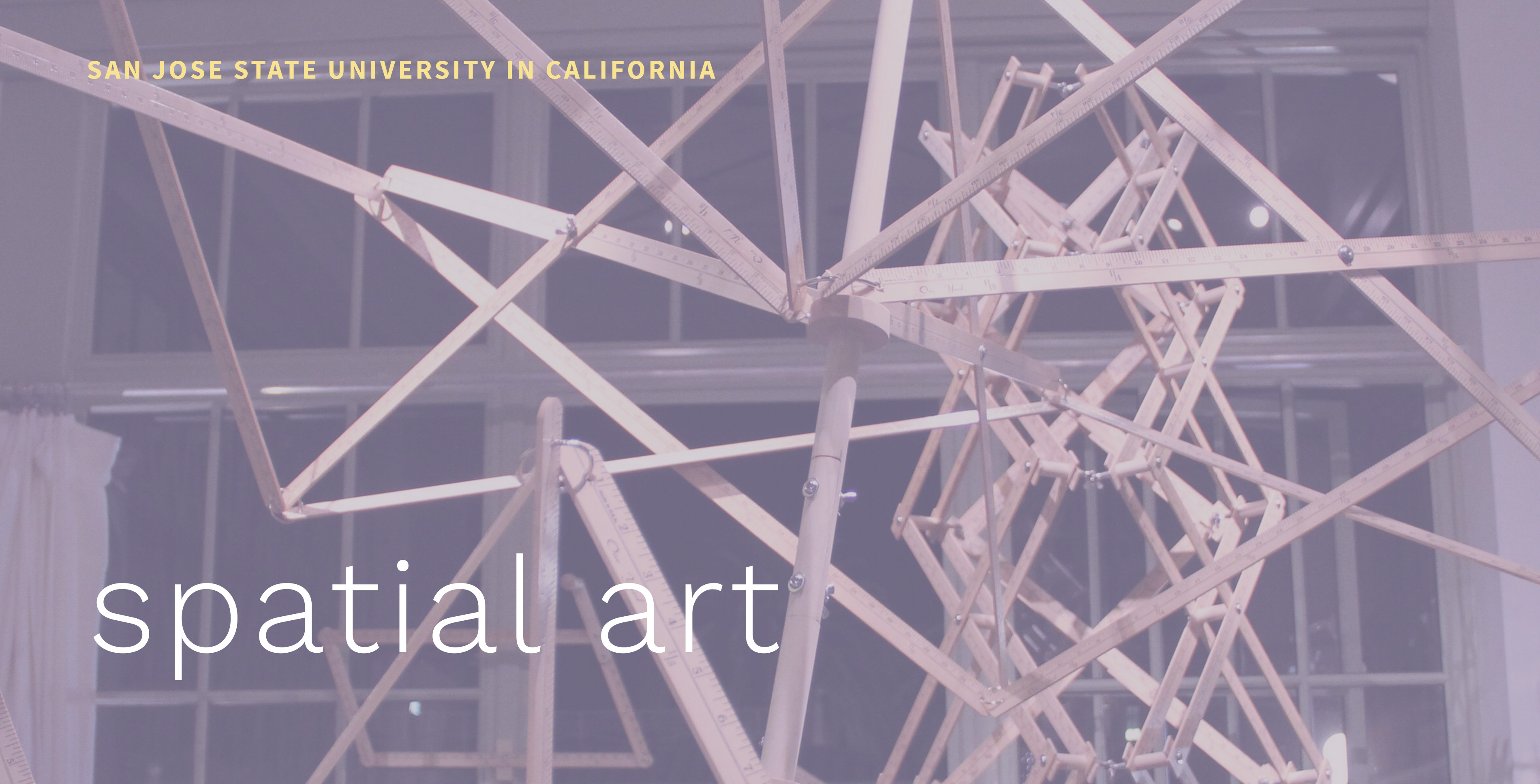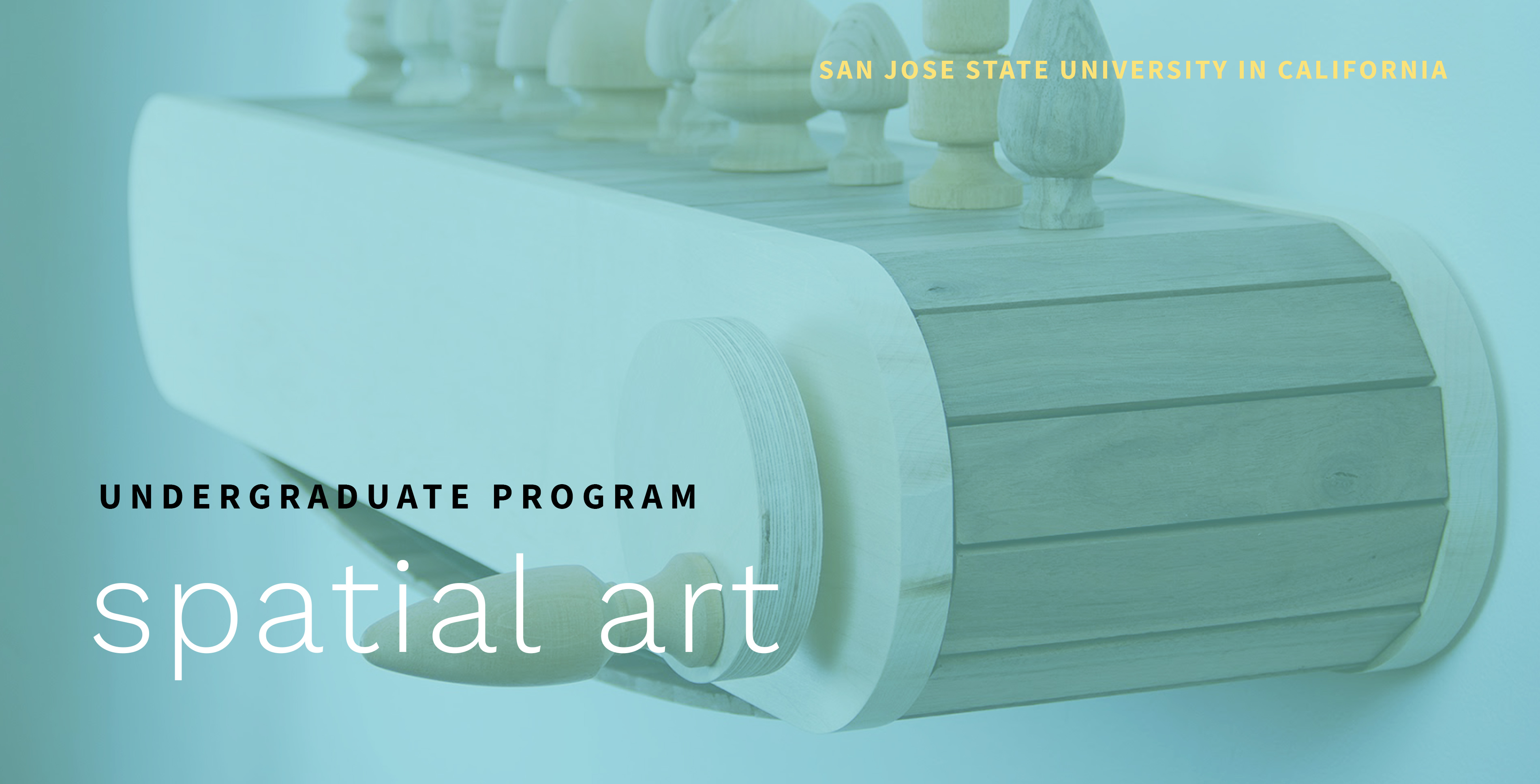Spatial Art
On this page:
- Degrees Offered
- Undergraduate Program
- Bachelors of Fine Arts: Concentration in Spatial Art (BFA)
- Minor in Ceramic Art
- Minor in Sculpture
- Graduate Program
- Masters of Fine Arts: Concentration in Spatial Art (MFA)
- Undergraduate Program
- Facilities
- Faculty
Spatial Art is an interdisciplinary program that encompasses a broad range of media
including Ceramics, Glass, Installation Art, Metal Fabrication and Casting, Digital
Fabrication, Multimedia, Performance Art, and Sculpture. It provides excellent facilities
and resources for students who wish to realize ambitious ideas in three-dimensional
form.
Undergraduate Program – BFA
Degrees: BFA Art Concentration in Spatial Art | Minor in Ceramic Art | Minor in Sculpture
The area is guided by a faculty with varying philosophical approaches and technical expertise and a shared enthusiasm for collaborative problem-solving. Spatial Art faculty emphasize the role of art as a tool for cultural critique and social change in a global context.
Many Spatial Art students work in the area of installation. There are six galleries of varying size within the Art building that can be used on a weekly basis for such projects. There are also two shipping containers that have been converted into outdoor galleries for week-long installation projects. Students have access to University and School digital and video equipment that may be needed as a part of installation work. For their BFA exhibition, (culminating exhibition,) students are encouraged to explore and combine any and all of these facilities as resources, above and beyond the skill-building that occurs in individual studio courses. As they grow in their abilities to visualize and fabricate their ideas, students may see each concept demanding research into a new technique and material. The Department of Art and Art History faculty and laboratories provide rich critical and technical support.
Spatial Art’s technical facilities include well-equipped shops in a variety of areas. The jewelry lab allows for smithing and casting of small metal works. The large ceramics facility has complete clay mixing capacity and fifteen kilns which can serve almost any purpose, including a fifty cubic foot gas kiln. The glass area is a modern lab with heat recuperative furnaces, as well as slumping and casting facilities. A large foundry and outdoor sculpture yard provide for the realization of ideas in cast and fabricated metal, and large scale work in a wide variety of materials. The SJSU Foundry is equipped with all the major welding equipment, vacuum casting capability, two 285 lb casting crucibles, a 140 cubic foot burnout kiln, and a fork lift. The wood shop is fully equipped for furniture making and construction of sculpture in wood, foam and plastics. The machine shop has mills and lathes, and metal-cutting bandsaws. Other shop facilities include a laser cutter, plastic vacuum former, spray booth, sandblaster, and sheet-metal working machines.
Quick Links
Pogram Learning Outcomes (PLO)
PLO 1
Analyze and research visual and conceptual problems and both apply and explain their use of basic design principles, concepts, tools, techniques, media, materials, formats, and visual languages to solve those problems. We expect our students to bring their expertise in finding visual-verbal solutions to problems as they embark on a lifetime of self- and professional employment in a variety of careers. As students they will demonstrate their development and application of art knowledge in a wide range of studio courses, culminating in a capstone course.
PLO 2
Demonstrate increasing skills in the use of diverse materials, tools, and media, and be able to explain and evaluate success/failure in individual and group critiques. We expect our graduates to be lifelong problem-identifiers and problem solvers, always on the lookout for new and better skills. Prior to graduation, they will demonstrate their making/evaluating skills in studio courses and their skills of self-assessment and explanation in a sequence of interdisciplinary professional courses and in a capstone course.
PLO 3
Demonstrate their commitment to valuing art’s role in offering cultural critique and addressing issues of social responsibility in a global society. As creative professionals, our graduates will, we hope, assume leadership roles in engaging with social and cultural change-as teachers, as critics, as spokespersons for important issues that cannot yet be imagined. As undergraduates, our students will demonstrate their understanding of the values of contemporary art in their visual and written responses to class assignments in studio courses and in the interdisciplinary core and capstone courses (where these qualities will be assessed), in their work on collaborative group projects, in the successful articulation of their ideas in exhibitions and artist statements.
PLO 4
Apply their knowledge of visual history and theory to their creative endeavors and to their professional practice. They will be able to speak and write clearly about art and global culture, using appropriate terminology and demonstrating their understanding of the contemporary art world. They will demonstrate their ability to place their own work within the broader context of historical and contemporary art and ideas. Our graduates will commit to continued personal engagement with intellectual issues in contemporary art and culture. As students, they will demonstrate their understanding of visual history and theory in assignments completed for their art history courses and their understanding of the intellectual context and historical precedents of their own work in assignments completed for their professional core and capstone courses.
PLO 5
Demonstrate their readiness for careers as creative professionals by completing a more sequenced and specialized course of study in sculpture, installation and other three-dimensional art forms. Admission to the BFA requires students to demonstrate their ability to work independently as artists. Students will have successfully developed and presented for review by the Department’s faculty (a) a unified body of work (10 images), (b) n artist statement (of purpose) and then secured (c) support and commitment of two area faculty members willing to serve on that student’s BFA committee. Each BFA candidate then (d) successfully completes the professional BFA seminar and (e) schedules and mounts in one of the Department’s student exhibition galleries a solo exhibition (as the work for ART 199) that meets the approval of the student’s BFA committee. Our BFA graduates will embark on professional careers as practicing artists and creative professionals and/or apply to MFA programs for further instruction and certification for college/university teaching.
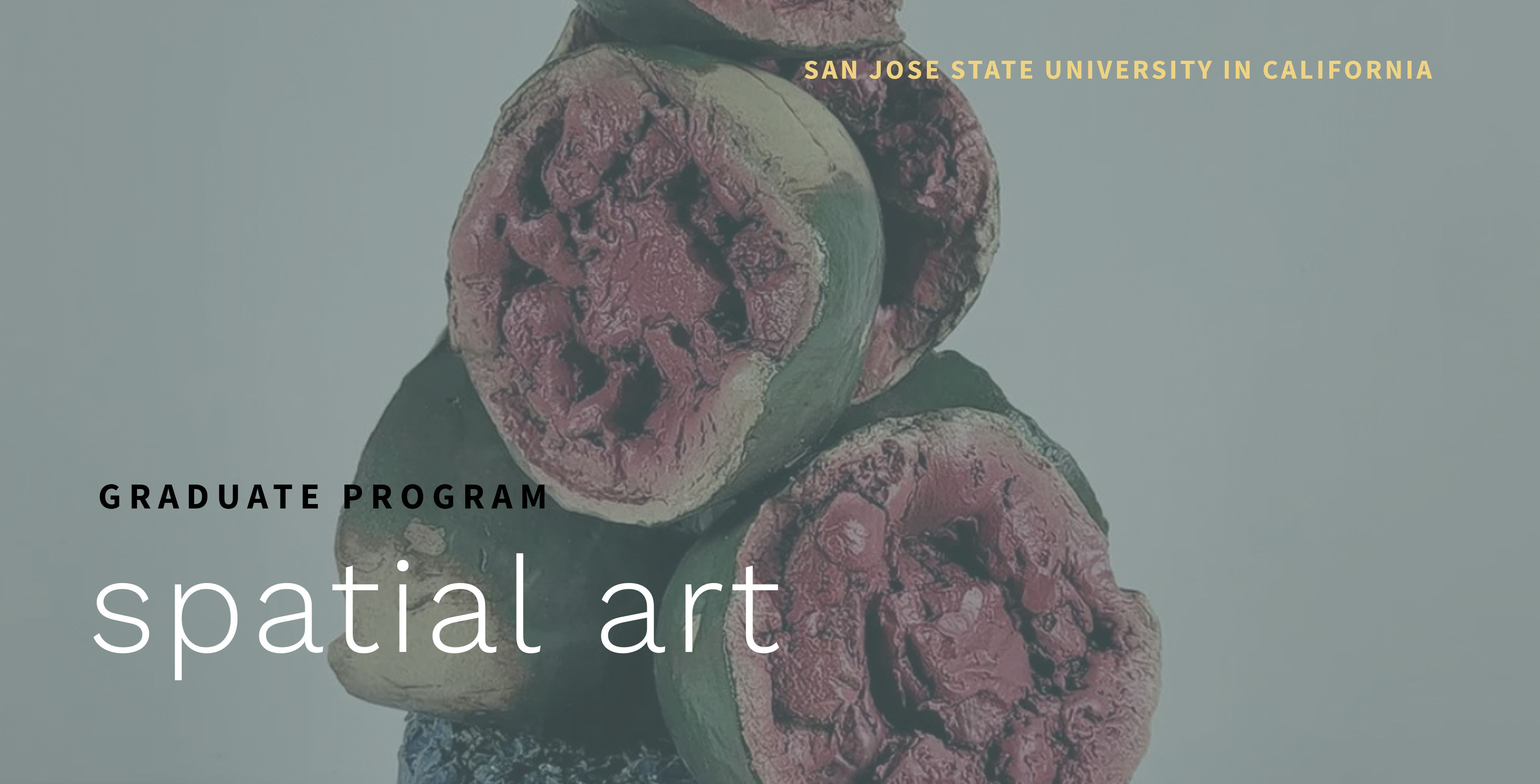
Graduate Program – MFA
MFA Art Concentration in Spatial Art
The Spatial Art MFA Program provides an inspiring and supportive environment that challenges artists working in sculptural media to move their practice into new conceptual territories and aesthetic modalities. Students are encouraged to engage in innovative material experiments and, simultaneously, in cultural critique.
Our program prepares graduates to exhibit at a professional level; to compete for grants, residencies and public art projects; to teach art at the university level; and to pursue a variety of other art-related career paths that require creativity and critical thinking skills.
Incoming MFA students often cite the work of our faculty as being the motivating factor in their choice of SJSU Spatial Art. Students are also attracted to our program by our stellar fabrication facilities, our exciting interdisciplinary seminars addressing theory, history, criticism, and professional practices, and our reputation for providing graduates with robust college-level teaching experience. We offer private and spacious two-person graduate studios in close proximity to our fabrication facilities.
The Spatial Art MFA Program shares graduate seminars with the three other studio MFA programs in the Department of Art and Art History, and supports work in all media. The 60-unit degree also includes a large number of electives that can be used for studio and art history classes across the department, but also for classes from the university at large. This allows our MFA students to delve deeply into the disciplines and topics that inform their artistic research.
The Department of Art and Art History is unique in maintaining six student galleries that all students can sign up for repeatedly during their degree progress. Additionally, MFA students exhibit in either a solo or shared gallery in their Advancement to Candidacy semester. The MFA Thesis Exhibition is a solo exhibition (usually planned and developed across two semesters) in one of our six student galleries.
Quick Links
- Application Instructions and Procedures
- Degree Requirements: MFA Spatial Art
- Academic Summary Form [pdf]
- Course Requirements
- MFA Summary
Program Learning Outcomes (PLO)
PLO1
Will be able to analyze and research visual and conceptual problems and both apply and explain their sophisticated use of the elements and principles of art to solve those problems. Our graduates will be artists capable of studio practice and exhibition at the professional level.
PLO2
Will be able to demonstrate increased technical capabilities and skills relevant to their areas of expertise and be able to explain and evaluate success/failure in individual and group critiques. We expect our graduates to be lifelong problem-identifiers and problem-solvers, always on the lookout for new and better skills. Prior to participation in a final thesis exhibition, MFA candidates will already have demonstrated their skills in portfolio reviews, frequent faculty and peer critiques, evaluations by thesis committee members, and in solo and group exhibitions.
PLO3
Will demonstrate their commitment to valuing art’s role in offering cultural critique and addressing issues of social responsibility in a global society. As creative professionals, our graduates will, we hope, assume leadership roles in engaging with social and cultural change--as teachers, as critics, as spokespersons for important issues which cannot yet be imagined. As graduate students, our MFA candidates will demonstrate their understanding of the values of contemporary art in their visual and written responses to class assignments in area and interdisciplinary seminars and in the successful articulation of their ideas in exhibitions and artist statements.
PLO4
Will apply their knowledge of visual history and theory to their creative endeavors and to their professional practice. They will be able to speak and write clearly about art and global culture and demonstrate their understanding of the contemporary and global art world. They will demonstrate their ability to place their own work within the broader context of historical and contemporary art and theory. Our graduates will commit to continued personal engagement with intellectual issues in contemporary art and culture.
PLO5
Will not only be capable of studio practice and exhibition at the professional level but also will have demonstrated the ability to organize and present technical and intellectual information and to lecture/teach on a variety of topics in scultpure and related media. Those students who seek teaching positions while still in graduate school will be mentored in classroom assistant capacity for two semesters, carefully screened for a teaching pool, trained as teachers, and carefully evaluated when hired as Teaching Associates. We expect our graduates to be experienced and professional teachers.
Facilities
Glass
San Jose State has a well-equipped hot shop with two benches, one clear 400 lb. Wet Dog Glass furnace, two new glory holes, and three large annealing ovens. The hot shop also has a large pickup oven, garage, powder booth, pipe cooler, and pipe warmer. We have all of the required hand tools and equipment for blowing and sculpting including acetylene, propane and MAPP gas torches.
The cold working area includes two silicon carbide grit wheels, one diamond wheel, a belt sander, polishing wheels, tile chop saw, cold glass lathe, band saw and a pneumatic water-fed angle grinder. A cabinet sandblaster and an old school hot glass sheet roller are also available.
We have a glass casting facility that includes a plaster-silica mold room with vent hoods, wax area, and a flat glass area for preparing fusings and slumpings. Our kiln area includes two fusing and slumping kilns and five casting kilns, varying in size. We also have a sand casting facility set up a few times a month for students to work through ideas and ladling projects.
Ceramics
The entirely revamped and expansive 10,000 square foot ceramic facility includes three spacious classrooms for instruction in sculpture, wheel throwing, and figure modeling. Our wet/dry glaze lab has full particle ventilation, and connects by rollup doors to an outdoor enclosed kiln yard.
We have 11 gas kilns ranging in size from 10 c/ft - 50 c/ft (including fully-programmable Bailey shuttle kiln, car kiln, raku, and soda kilns) as well as 11 electric kilns (test, oval, round, and front loading). An additional 5,000 square foot outdoor courtyard provides space for a variety of projects, events, and experiments, and a separate plaster mold-making and slipcasting room is equipped with a mold library and Slip-O-Matic mixer. Additional equipment includes a new Potterbot ceramic 3D printer, a full-color digital Ricoh decal printer with a designated workstation, 450 lb. clay mixer, sandblaster, spray booth, extruders (including pneumatic), and slab roller.
Central Shop
The Department of Art & Art History Central Shop facility is located on the first floor of the Art building. This 4000 sq-ft facility includes a complete wood and plastic fabrication shop, a machine shop, sheet metal shop, spray booth, welding shop and mat cutting and framing facilities. The shops have a full service dust collection and air filtration system.
Art Foundry
The Department of Art & Art History Fabrication facility is located off campus one mile south of the main campus, at 1036 South Fifth Street, between Martha and Keyes Street. This 6000 sq-ft indoor facility, with an adjacent 12,000 sq-ft outdoor fabrication yard, includes a complete bronze and aluminum casting foundry, metal fabrication shop and welding shops. The facility also includes four graduate studios.
Jewelry and Small Metals Facility
The Jewelry and Small Metals facility (JSM) located in ART 210 features 24 dedicated workstations outfitted with individual Foredoms, torches, and hand tool kits. The main classroom features fully-stocked hand tool cabinets, a variety of forming stakes and hammers, three anvils, a large jump shear, and three buffing machines. Dedicated wax working, annealing, and investment areas are equipped with ventilation. A large degassing vacuum chamber is available for degassing investment and rubber molds. In addition, the main classroom houses a Bonny Doon press complete with a full line of tooling and accessories. A machining area includes a benchtop Sherline lathe and mill, and two, high speed precision drill presses.
An attached lab houses casting equipment including a large centrifugal casting machine and a vacuum casting machine. A well-stocked enameling area accommodates small to midsize works and includes two programmable paragon kilns dedicated to enameling. A fully ventilated chemical area houses two, 5-liter electroforming tanks and electro-etching equipment. Also housed in the attached lab is a Beverly shear, a 12” guillotine shear, a large drill press, grinding stations, and a sandblaster.
Program Coordinator:
Prof. Adam Shiverdecker – adam.shiverdecker@sjsu.edu
Faculty
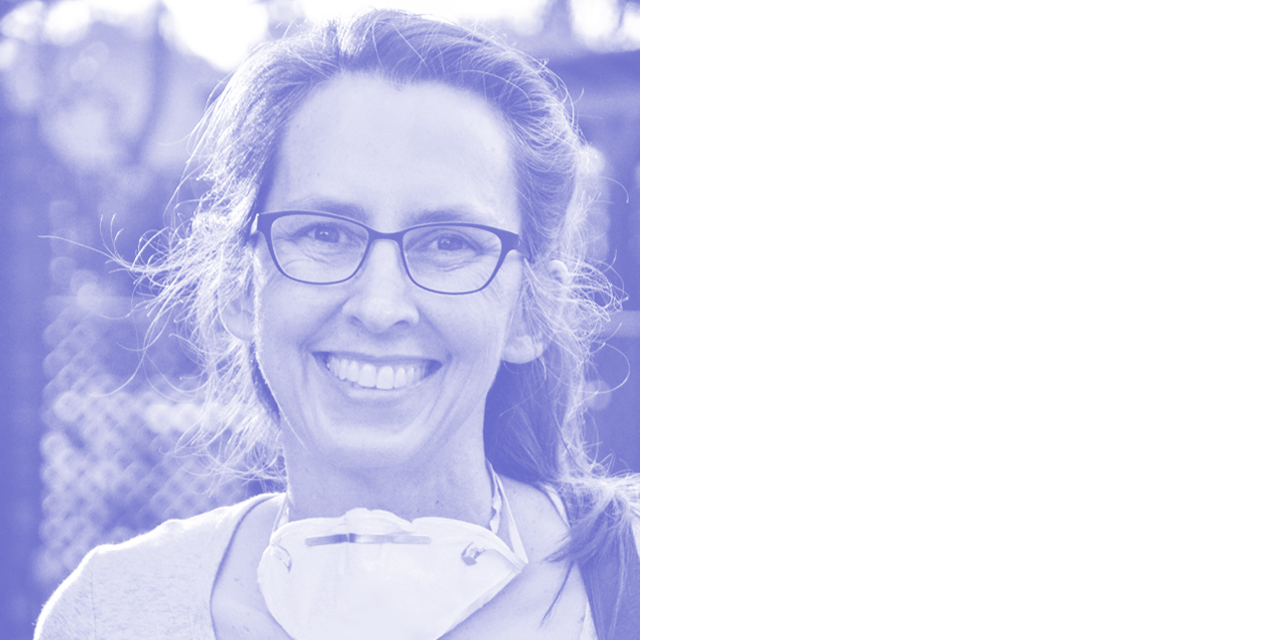
Shannon Wright
Professor
Art 119 | shannon.wright@sjsu.edu
Shannon Wright is a sculptor and installation artist based in San José, California. Born in Baton Rouge, Louisiana, Wright grew up chiefly in Sydney, Australia, and then spent her artistically-formative years among the iron trestle bridges and turn-of-the-last-century hydroelectric power plants and foundries of Richmond, Virginia. Wright earned her BFA in Sculpture from Virginia Commonwealth University and her MFA in Time Arts from The School of the Art Institute of Chicago. She is a Professor of Spatial Art, and Coordinator of the Spatial Art program, at San Jose State University.
In the past decade, Wright has been creating her own spurious "ruins" and monuments
in reaction to a society whose mercantile logic never ceases to disorient her. Wright
puts forth fictional products that might appear to have been government-issued or
sold by Home Depot, and subsequently allowed to fall into a state of neglect. Wright
has a longstanding fascination with modular systems and articulated connections.
Teaching blog:
http://wrightstudentswork.blogspot.com
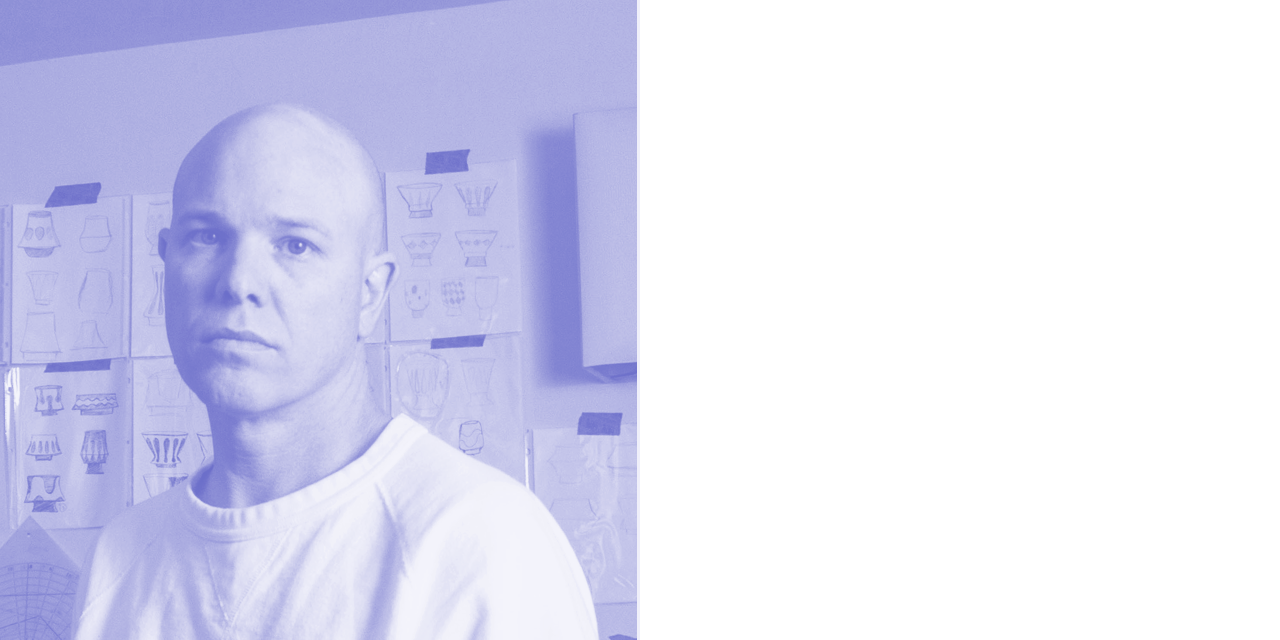
Adam Shiverdecker
Professor
Area Coordinator - Spatial Art
Art 124C | adam.shiverdecker@sjsu.edu
Adam Shiverdecker (b. 1980, Arcanum, Ohio) is an artist and educator living in Berkeley, California.
He has held multiple artist residencies, including The Archie Bray Foundation, Greenwich House Pottery, and the Tyler School of Art. His work has been shown widely, including recent exhibitions at Museum of Craft and Design, Everson Museum of Art, The Nelson-Atkins Museum of Art, and San Jose Institute of Contemporary Art. Adam is currently Associate Professor of Spatial Art at San José State University.
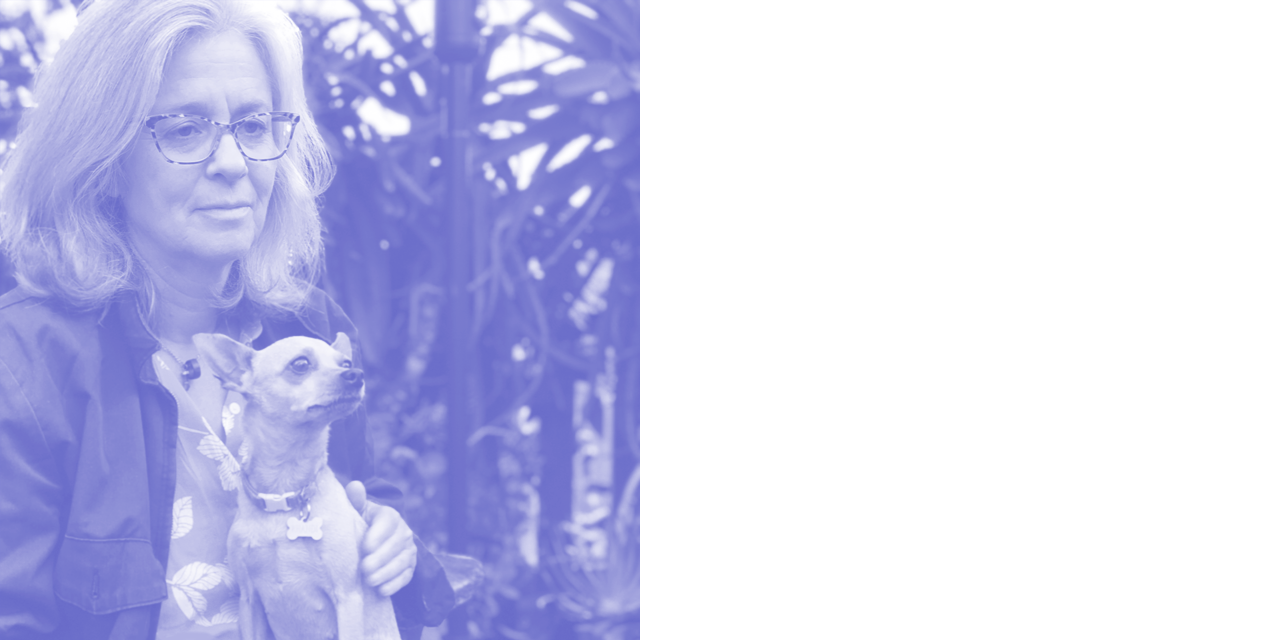
Monica Van Den Dool
Senior Lecturer
IS 124C | monica.vandendool@sjsu.edu
Monica Van den Dool is a ceramic sculptor residing in beautiful Oakland CA. She received an MFA from Montana State University, Bozeman in 1995 and a BA in English from Santa Clara University in 1990.
Named a NCECA Emerging Artist in 2002, her work has been exhibited at various national venues, including the San Jose Museum of Art, the DeSaisset Museum at Santa Clara University, the American Museum of Ceramic Art, and the Arizona State University Art Museum Ceramics Research Center. Her work is included in the collections of the Archie Bray Foundation, the DiRosa Preserve, the Crocker Art Museum, the Arizona State University Ceramic Research Center, and the New Taipei City Yingge Ceramics Museum in Taiwan, and her artist residencies include the Archie Bray Foundation, Watershed Center for the Ceramic Arts, and the LH Project.
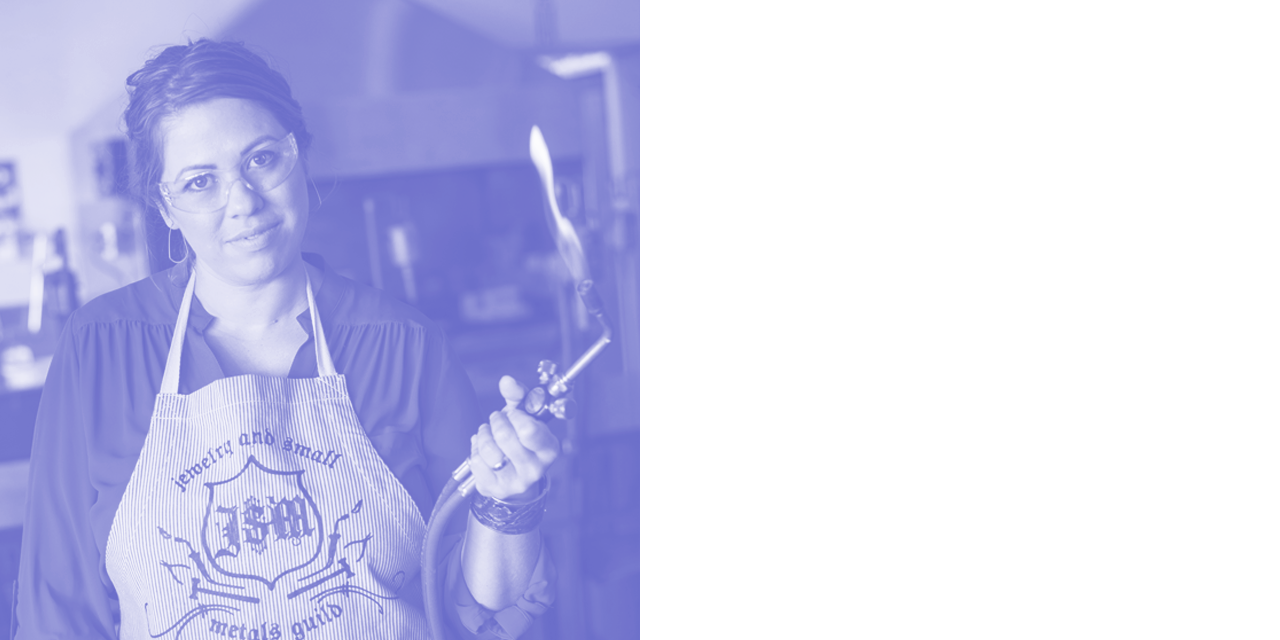
Yvonne Escalante
Senior Lecturer
Yvonne Escalante is an artist and educator who lives and works in San José, California.
Raised in Southern California, Escalante received her BFA from California State University,
Long Beach and later earned her MFA from San José State University, where she now
runs the Jewelry and Small Metals area of the Spatial Arts program.
As a trained metalsmith and jeweler, Escalante utilizes traditional metalsmithing techniques to produce multimedia sculptures and installations that explore themes of cultural, social, and environmental justice. Often integrating movement into her sculptures, she combines metal with glass, wood, and found objects to make interactive work. Escalante’s work has been exhibited nationally, including at the deYoung Museum, the Contemporary Jewish Museum, and the Oakland Museum of California.
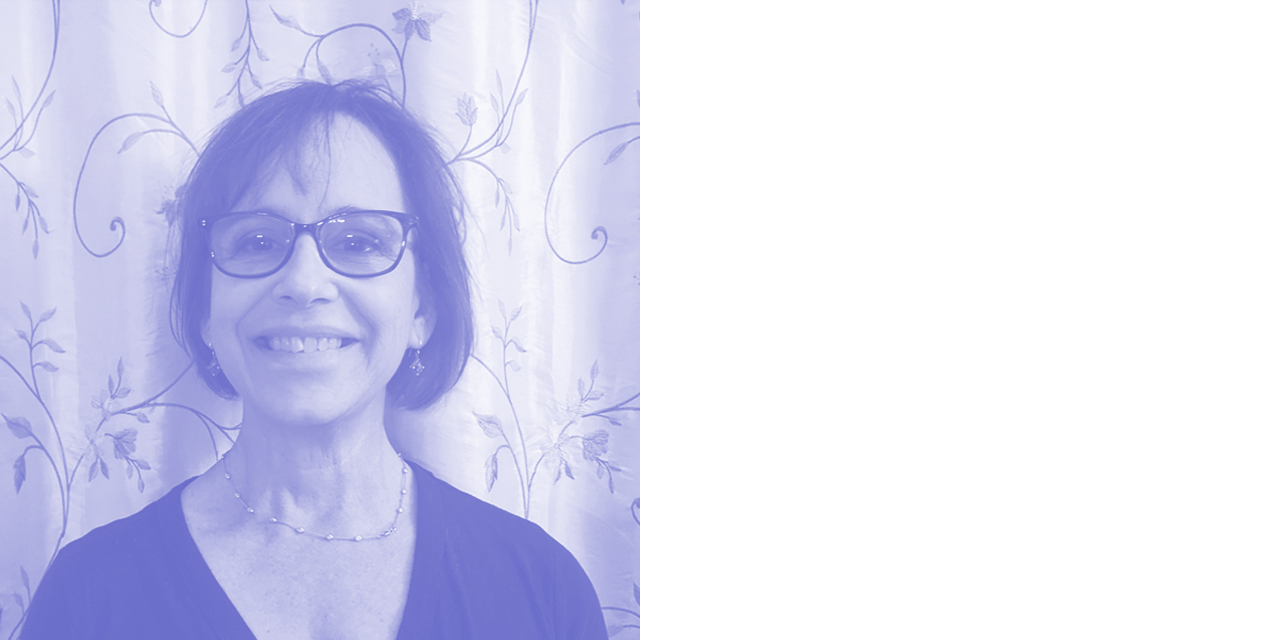
Lynn Dau
Lecturer
Lynn Dau is a sculptor and art educator. She was born and raised in Los Angeles, California and came to the Bay Area in 1993 after living in Anchorage, Alaska. Before completing her MFA in Spatial Art at SJSU in 2017, she obtained a BA in Behavioral Sciences from National University and law degree from UC Davis, King Hall School of Law.
After practicing as a criminal defense attorney and having two children she returned to school to pursue a fine art career. She obtained most of her undergraduate art education by attending classes at community colleges in the bay area. Since graduating from SJSU, she has taught 3D design and beginning sculpture courses. Her art practice explores themes related to familial relationships, parenting and gender equity. Her primary medium of choice is the found object from which she creates assemblages using a variety of fabrication techniques. She has exhibited her work at venues throughout her home state of California and Nationally.
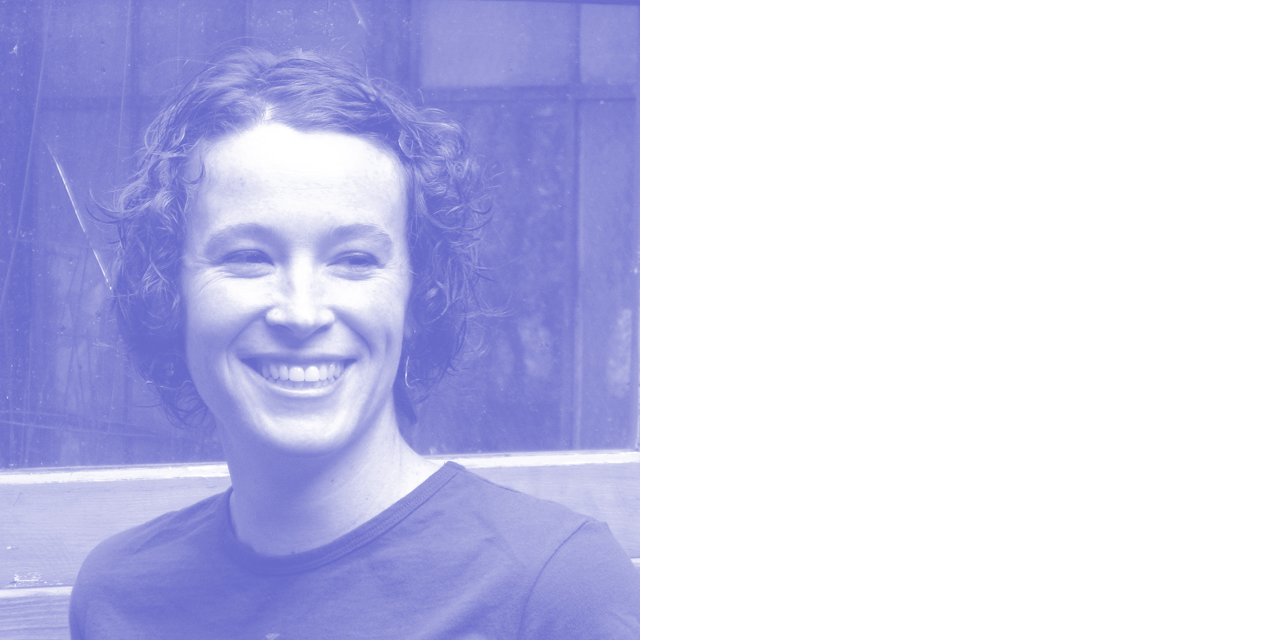
Cassandra Straubing
Senior Lecturer
Cassandra Straubing’s sculptural work addresses issues of domestic, agricultural and industrial labor within our current political climate using multiple mediums and processes including glass and mixed media fabrication. She employs a wide range of glass-forming techniques including casting, blowing, hot forming and non- traditional glass processes to create her artwork.
Currently the Glass Faculty Head and Studio Coordinator at San Jose State University in California, she received her MFA in Glass in 2007 from Rochester Institute of Technology, and received her BFA in Studio Art from Cal Poly San Luis Obispo in 2002. She served as the President of the Board of Directors for the international Glass Art Society for two years. Her work has been exhibited nationally, including shows in New York, Chicago, Detroit, and Portland.
